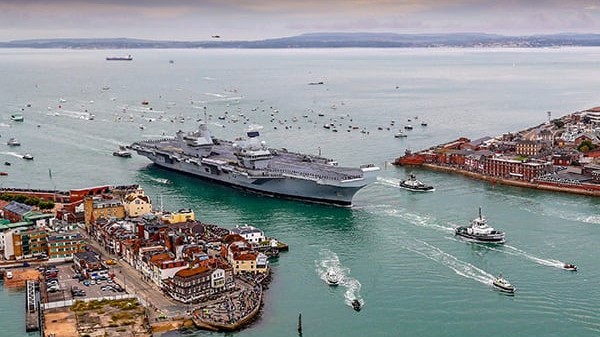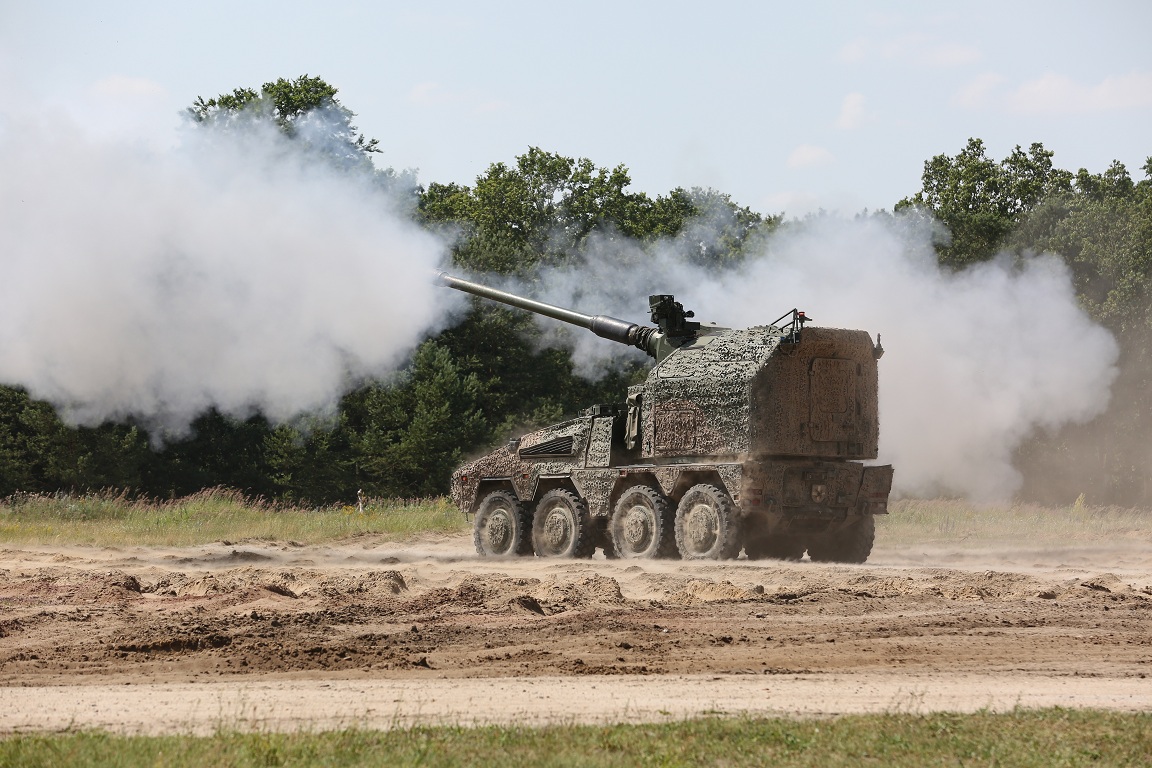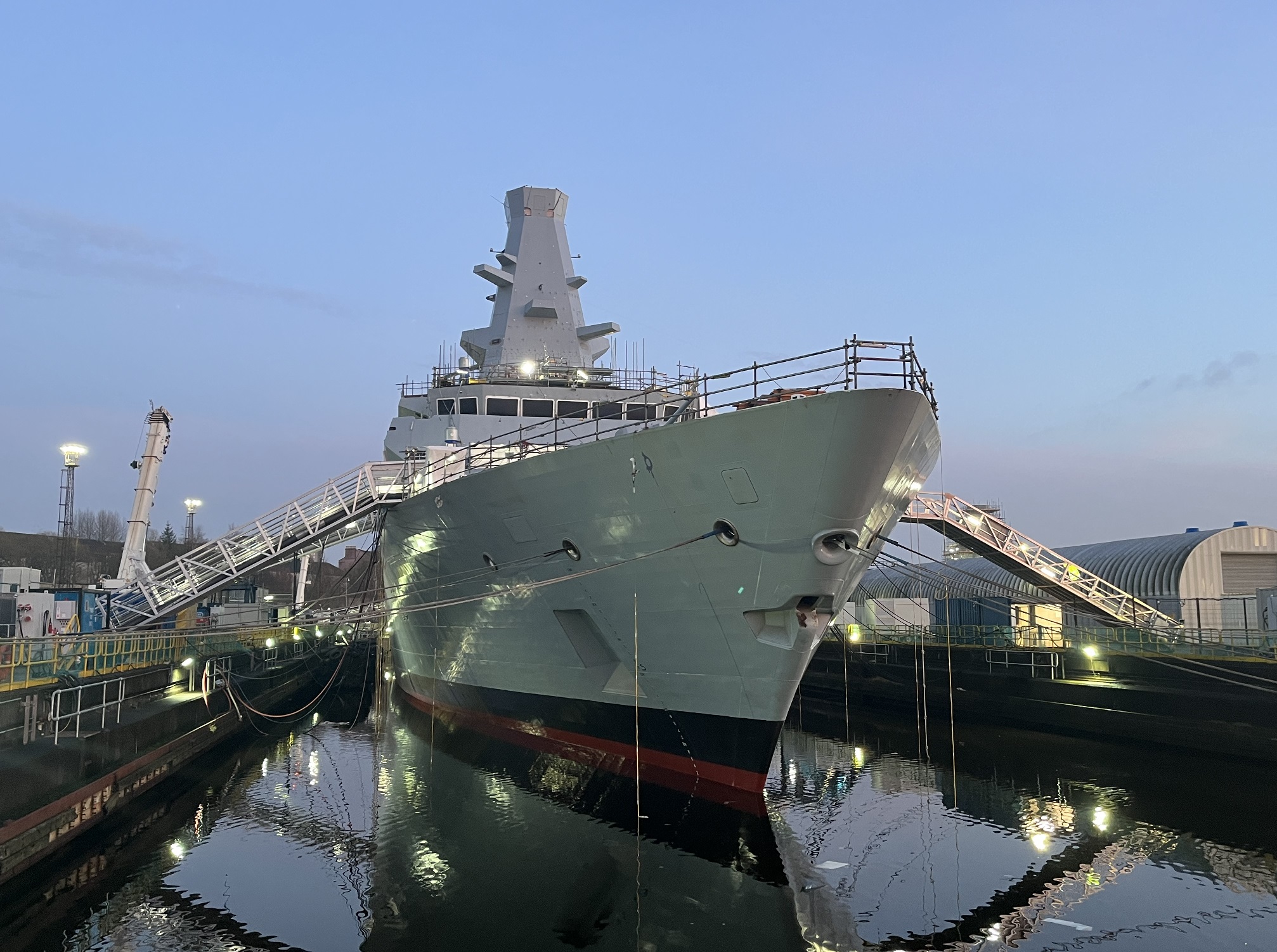Published 7 June 2024
Eighty years ago, the forerunner to the defence equipment & support organisation we are today played a crucial role in planning the logistics, supply and support for the Normandy Landings.
The Ministry of Supply managed and made several major contributions in Operation Overlord, without which both D-Day and the liberation of Europe could not have happened.
Share this story
From almost the very moment initial plans for the allied invasion of north-west Europe were agreed in late 1943, it became clear that the undertaking would be like nothing ever conducted in the history of warfare.
Not only did hundreds of thousands of vehicles, tanks and servicemen need to cross the English Channel, breach enemy-occupied Europe and drive their forces back to Germany, they also needed millions of tonnes of supplies, from fuel to food, to sustain them in the field for months to come. It had simply never been attempted on that scale before, let alone achieved. Enter the Ministry of Supply.
The Ministry of Supply
The forerunner of today’s Defence Equipment & Support, the Ministry of Supply, which was formed in 1939, was based at Shell Mex House on the Strand in London. It was responsible for, among other things, building and running Royal Ordnance Factories, producing explosives and propellants, constructing guns and rifles, and supplying myriad other materiel that an army of millions would require daily. The Ministry of Supply’s responsibilities also covered tanks and armoured fighting vehicles, and the fuel required to operate them. Each of these would be absolutely vital to the coming invasion. But the journey of the Ministry of Supply in World War Two was a highly complex, and not always perfect, one.
Fixing the tank problem
Tanks were a good example of the supply challenges encountered in those vital years. Despite having been the first nation to put the ‘tank’ on to the battlefield in 1916, British tank design in the inter-war years had been disappointing. They had been built by private arms, engineering and manufacturing companies, such as the Birmingham Railway Carriage and Wagon Company, English Electric (at their Stafford works), Leyland Motors, Nuffield Mechanisations, Vauxhall Motors and Vickers Armstrongs.
Following the Allies’ ill-fated 1940 campaign in north-west Europe, tank design deficiencies were made clear and Churchill’s War Cabinet formed a ‘Tank Board’ to investigate and resolve tank design and production problems. Even though the Ministry of Supply had taken over all army research establishments in 1939, and centralised much of the design requirements, it was still private companies and Royal Ordnance Factories in the UK that undertook the production. This resulted in a complex web involving multiple agencies each working on separate projects, often to different design specifications and without a common approach, and all at a time of global conflict.
One of the key roles of the Ministry of Supply at that time was to forge those vital links and turn the difficult into the possible.
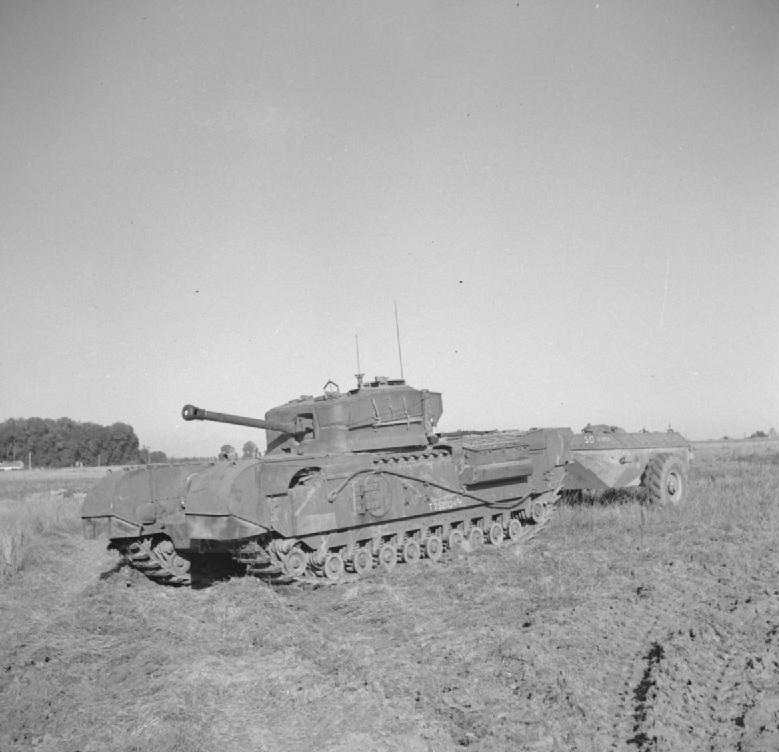
Hobart’s Funnies
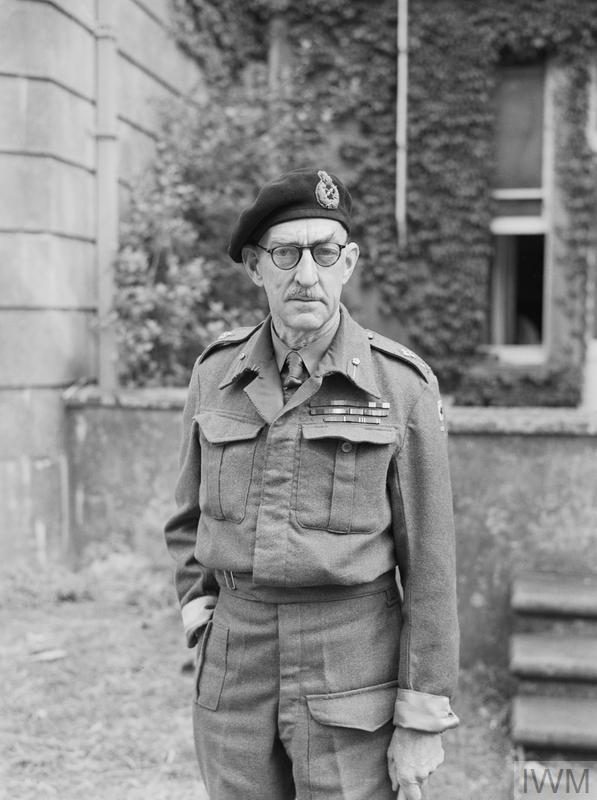
British tank manufacture and design issues were perhaps at their most acute following the failed Dieppe Raid in 1942, where it became clear that new ways of thinking and operating were required, especially when planning amphibious landings. Churchill, with his tendency to break with orthodoxy, brought in tank expert Major General Percy Hobart to re-think the problem. The outcome was an array of vehicles produced and supplied to the Army to perform specialist tasks. These were adapted from Churchill and Sherman tanks and nicknamed ‘Hobart’s Funnies’. They would have a profound impact on overcoming soft sand, beach obstacles, bridging gaps, clearing minefields and destroying enemy strongpoints on D-Day.
D-Day and the Mulberry Harbours
The supply question was unsurprisingly at the forefront of allied planners’ minds as D-Day approached, and many novel solutions were considered by the Government and the Ministry of Supply. Foremost among these was the hitherto unheard of ‘Mulberry Harbour’.
In planning for D-Day, it was clear that to deliver the required volume of supplies to Normandy, and continue to do so after the invasion had begun, a deep-water port would be required. The closest viable ports to the invasion beaches were at Le Havre and Cherbourg, but even the most optimistic projections said that neither could be captured until at least eight days after D-Day, it may be weeks or months before they would be fully operational. The solution was for the Allies to take their own harbours with them.

Overall, 2.5 million men, 500,000 vehicles and more than four million tonnes of material would transit through the Mulberries, despite the loss of one harbour in a storm a fortnight after D-Day. By the end of July, the Mulberry Harbour at Arromanches was landing an incredible 20,000 tonnes of supplies a day, making it one of the busiest ports in the world at the time. Without the contributions of the Ministry of Supply it simply would not have happened.
Fuelling the invasion
Despite many ongoing political difficulties and an ever-present need for resources on all fronts, the Ministry of Supply was ultimately able to manage and make several major contributions to the fighting on the Normandy front.
Not only was sufficient ammunition sourced from the Ministry’s own factories, but artillery, rifles and tanks, either through British production or the Ministry’s acquisition of US-built Shermans, were also found. This meant that the required materiel to support an enormous force in Continental Europe was available.
The most challenging issue though was not the one-off acquisitions, but the sustainability of the fight, and this is perhaps where the Ministry of Supply’s greatest achievements lie. Take just one commodity, fuel, as an example.
With a fuel consumption on good roads of a little over a mile a gallon, Sherman tanks required enormous fuel reserves to operate without restriction. Today many know about Operation Pluto, the Pipeline Under The Ocean, which supplied vast quantities of fuel to the allied armies once established in France. Few know that this was only the final phase in a much larger plan.
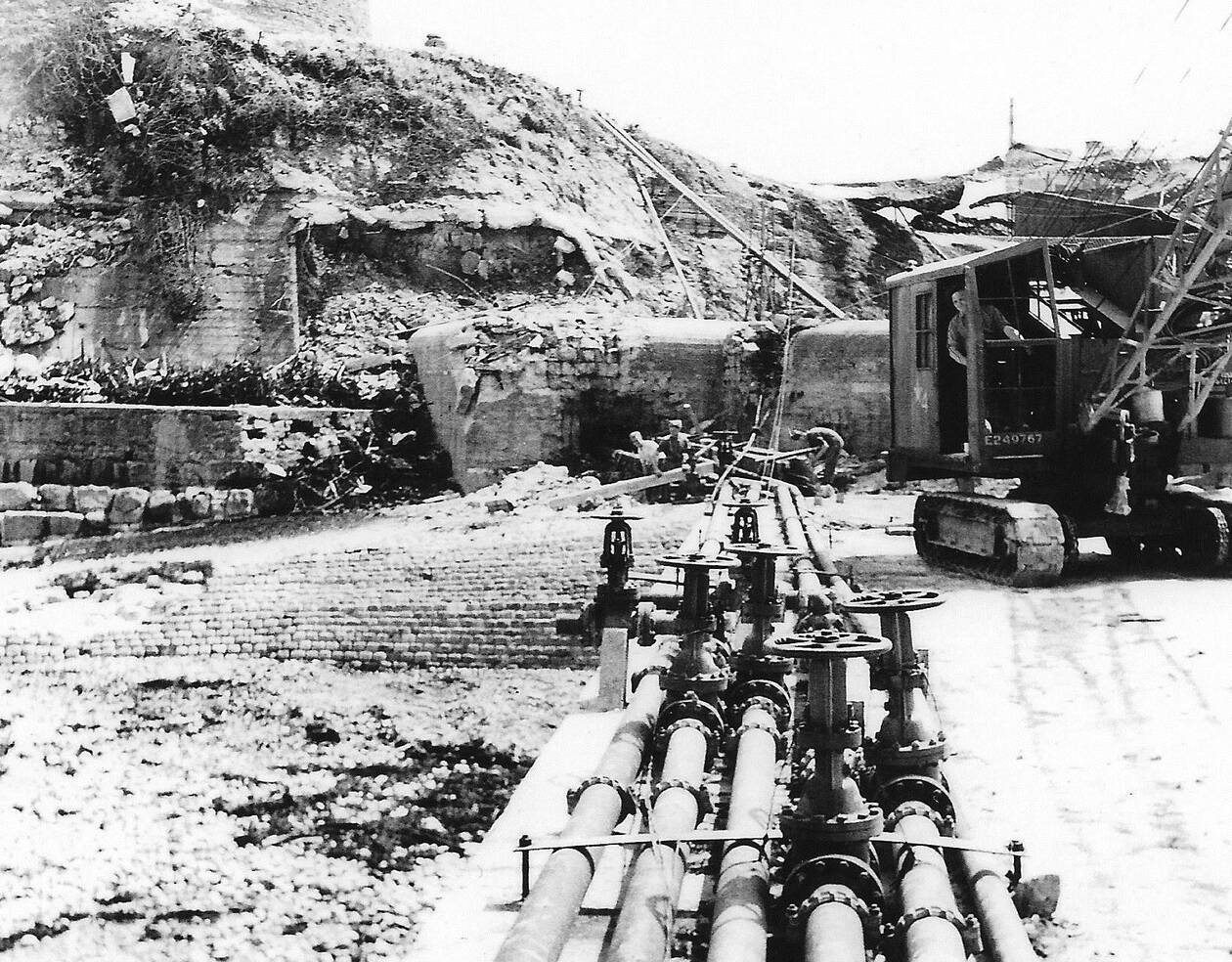
From January 1944, the Ministry of Supply began to stockpile sufficient fuel for the early part of the invasion. Much of that relied on imports. Not only was fuel itself imported, so too was an entire factory, Magnatex, which, under the control of the Ministry of Supply, produced an incredible seven million jerry cans in just five months. To quench the growing thirst for fuel as the allied armies expanded into mainland Europe, a ship-to-shore solution, including a ‘buoyant pipeline’ was installed at Port-En-Bessin. Coordinated by the Ministry of Supply, it ultimately provided much of the fuel required to power the Allies to victory in Europe.
Telling the story of the Ministry of Supply
Of all the soldiers, sailors and airmen involved in the Normandy invasion, in one way or another, 44 percent were not to be found on the frontlines, but in logistics, supply and support.
Without them, the war could not have been fought. And without organisations like the Ministry of Supply supporting them, those vital resources, whether food, fuel or equipment, could not have reached the critical place at the crucial time. In one sense, that’s really the story of D-Day and Operation Overlord; not one of individuals, but of teamwork.
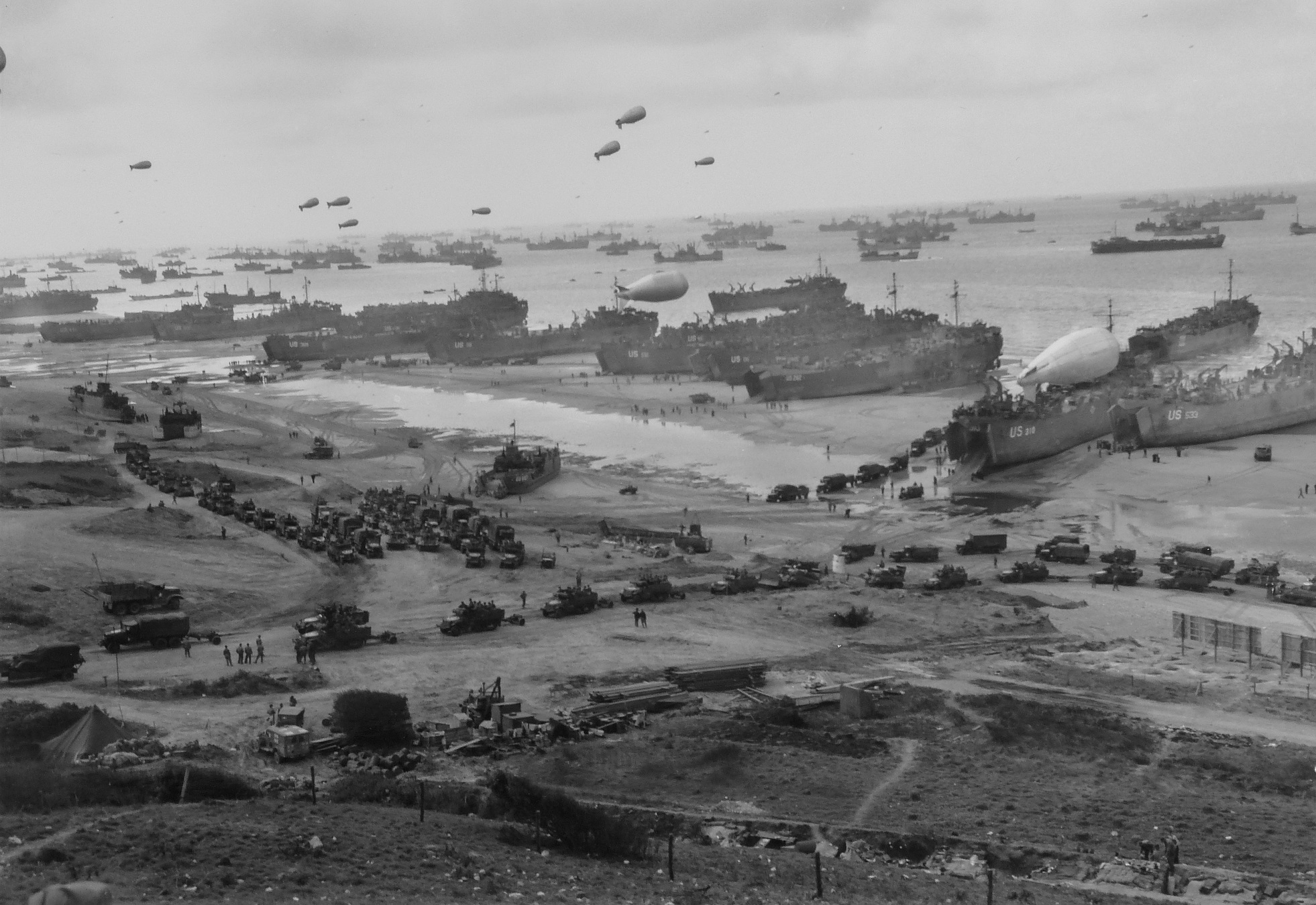
The story of the Ministry of Supply in supporting the invasion and sustaining those vast armies as they battled through Western Europe is truly an epic. Epic in the proportions of the problems and epic in the resources required. Epic in the effort made by those in the Ministry of Supply to perform an under-sung duty, without which both D-Day and the liberation of Europe could not have happened.
Eighty years on, that story in many ways is still untold, but it’s certainly one that history should not overlook.

